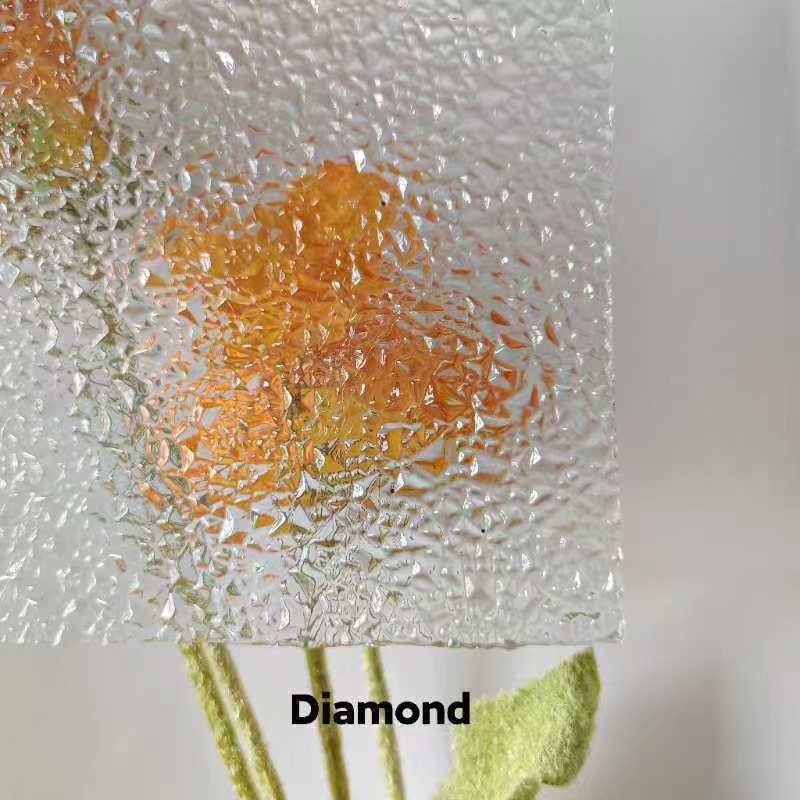

Insulated Tempered Glass The Perfect Solution for Modern Architecture
In today’s ever-evolving architectural landscape, the demand for innovative and energy-efficient building materials is at an all-time high. Among these, insulated tempered glass stands out as a remarkable solution, blending durability, aesthetic appeal, and energy efficiency. This article delves into what insulated tempered glass is, its benefits, applications, and how it contributes to sustainable building practices.
What is Insulated Tempered Glass?
Insulated tempered glass, often referred to as double-glazed or triple-glazed glass, consists of two or more panes of glass separated by a spacer bar and hermetically sealed to create an insulating air or gas-filled chamber. The tempering process involves heating the glass to high temperatures and then cooling it rapidly, which enhances its strength and thermal performance. This glass not only offers improved insulation properties but is also resistant to impacts and thermal stress, making it a popular choice for both residential and commercial applications.
Benefits of Insulated Tempered Glass
1. Energy Efficiency One of the most significant advantages of insulated tempered glass is its ability to reduce heat loss in buildings. By minimizing the transfer of heat between the interior and exterior, this glass type helps maintain a stable indoor temperature. This results in lower energy consumption for heating and cooling, directly benefiting homeowners and building managers through decreased utility bills.
2. Increased Safety The tempering process makes the glass up to five times stronger than standard glass. In the event of breakage, tempered glass shatters into small, blunt pieces, reducing the risk of injury. This property makes it an ideal choice for high-traffic areas or locations where safety is a priority.
3. Sound Insulation Insulated tempered glass also plays a vital role in noise reduction. The insulating layer between the glass panes acts as a buffer, significantly damping outside noise. This is especially beneficial in urban environments where sound pollution can be a significant concern.

4. UV Protection Insulated tempered glass can block up to 99% of harmful ultraviolet (UV) rays from the sun. This feature protects interiors from fading and damage caused by prolonged exposure to sunlight, making it an excellent choice for homes with valuable furniture, artwork, or flooring materials.
5. Aesthetic Appeal Beyond its functional benefits, insulated tempered glass offers a sleek and modern look that enhances the overall aesthetic of any building. Available in various styles and finishes, it can be customized to meet the specific design needs and preferences of architects and clients alike.
Applications of Insulated Tempered Glass
Insulated tempered glass is versatile and widely used across various sectors. In residential settings, it is commonly found in windows, sliding doors, and skylights. Its ability to improve energy efficiency makes it a top choice for homeowners looking to meet sustainability goals and reduce energy costs.
In commercial buildings, insulated tempered glass is used for storefronts, curtain walls, and office partitions. These applications not only provide a modern appearance but also help create energy-efficient workspaces that promote comfort and productivity.
Conclusion
As the demand for sustainable building materials continues to rise, insulated tempered glass is positioned as a forward-thinking solution. Its energy efficiency, strength, and noise reduction capabilities make it an ideal choice for architects and builders aiming to create eco-friendly structures without compromising on design or safety.
By integrating insulated tempered glass into modern architecture, we move one step closer to a future that values both aesthetic beauty and environmental responsibility. Whether enhancing a residential home or contributing to a commercial project, this innovative material proves to be a vital component in forging sustainable living spaces that stand the test of time.